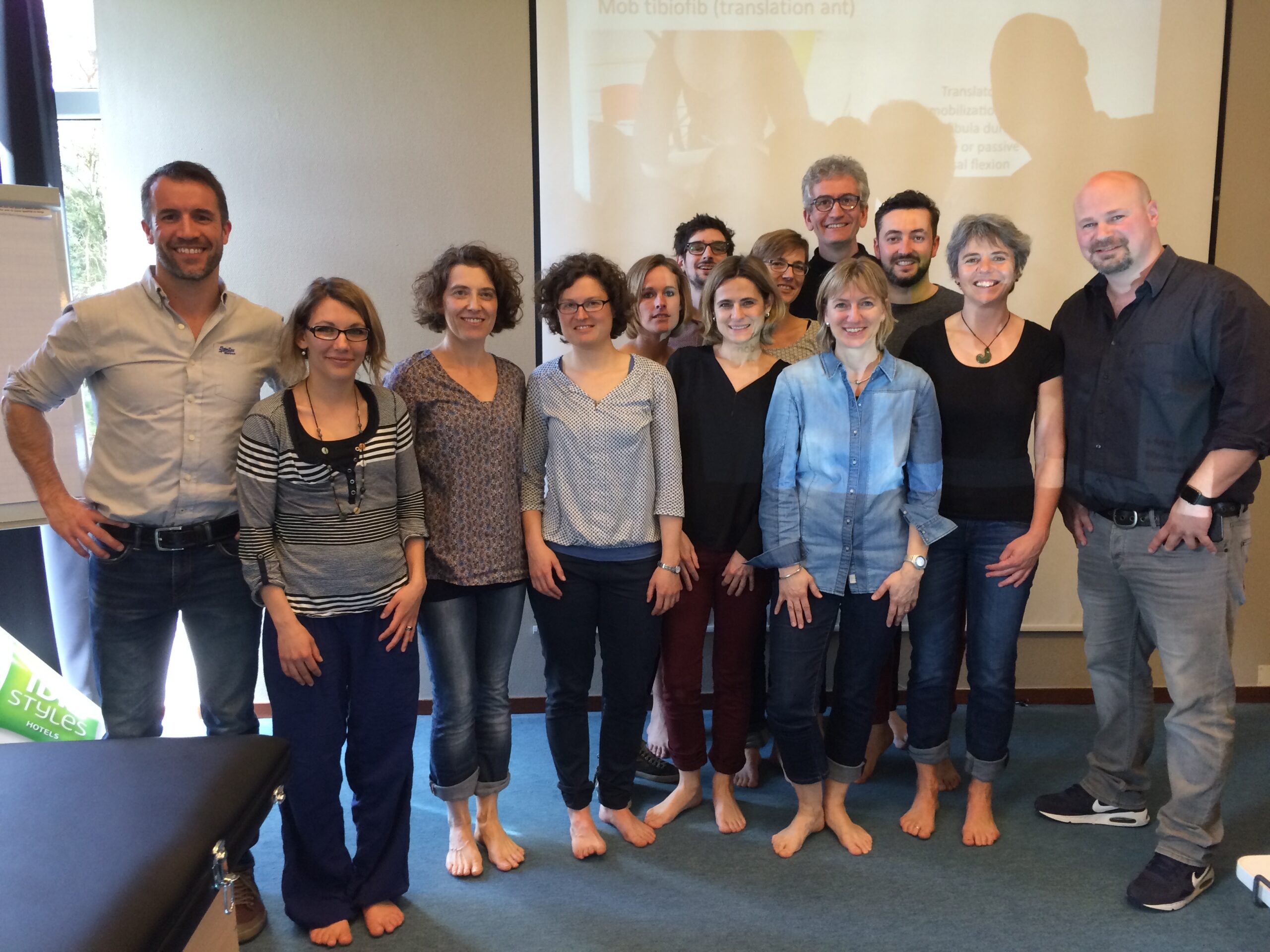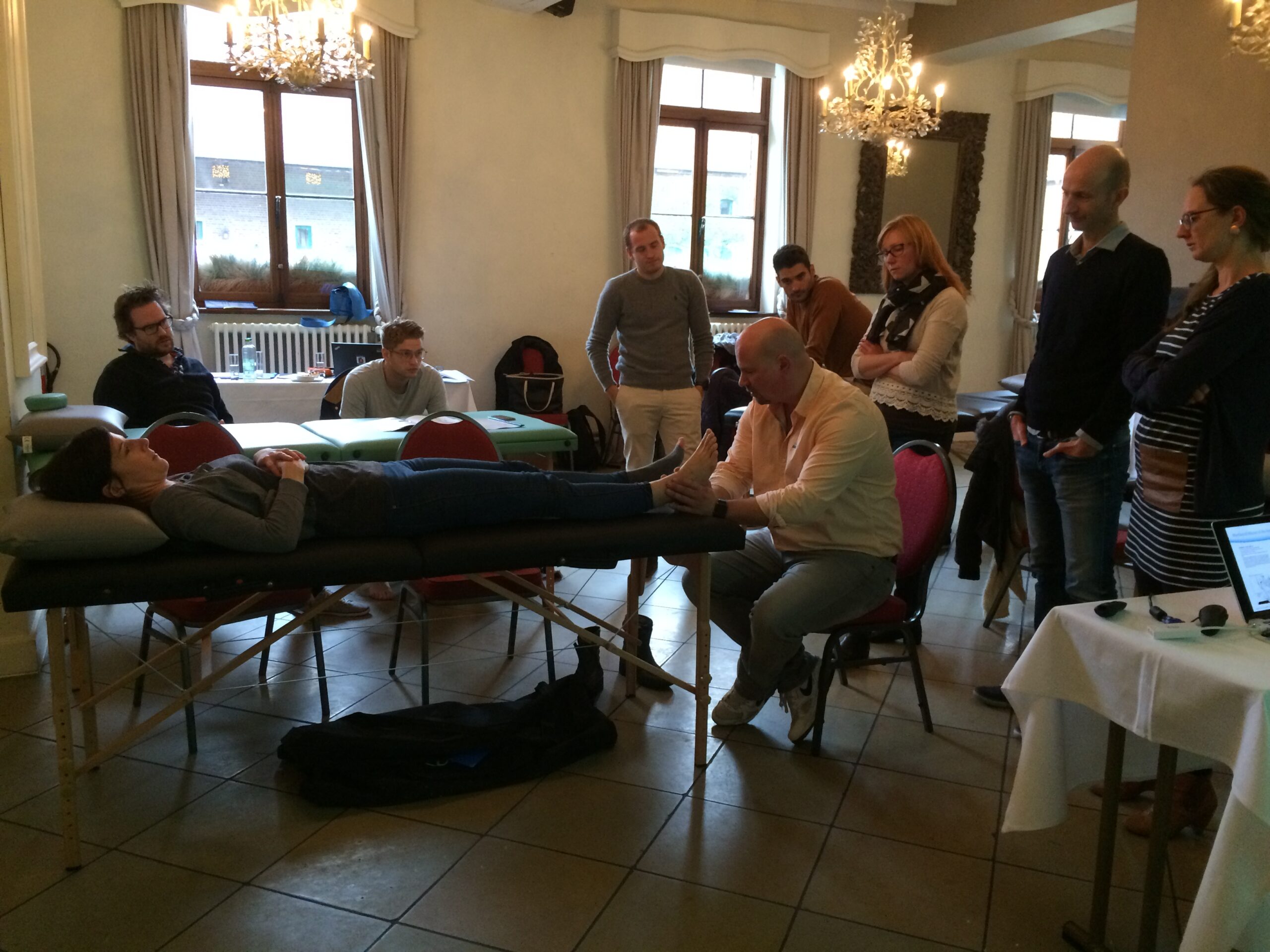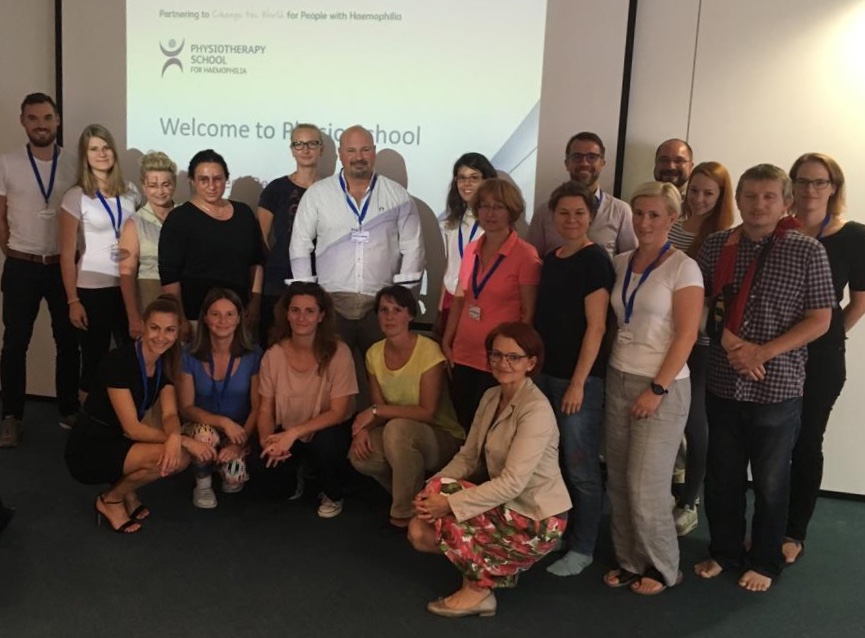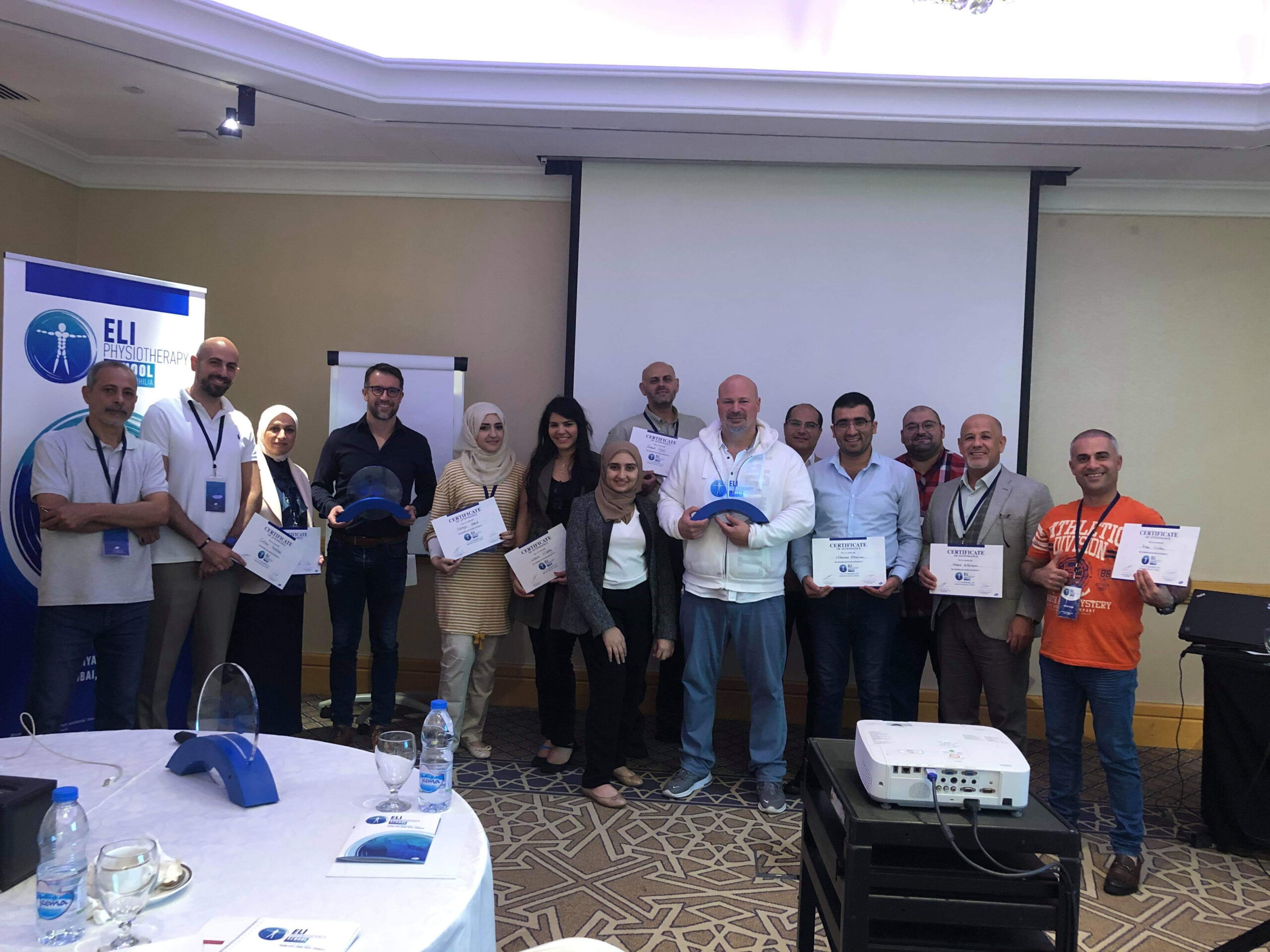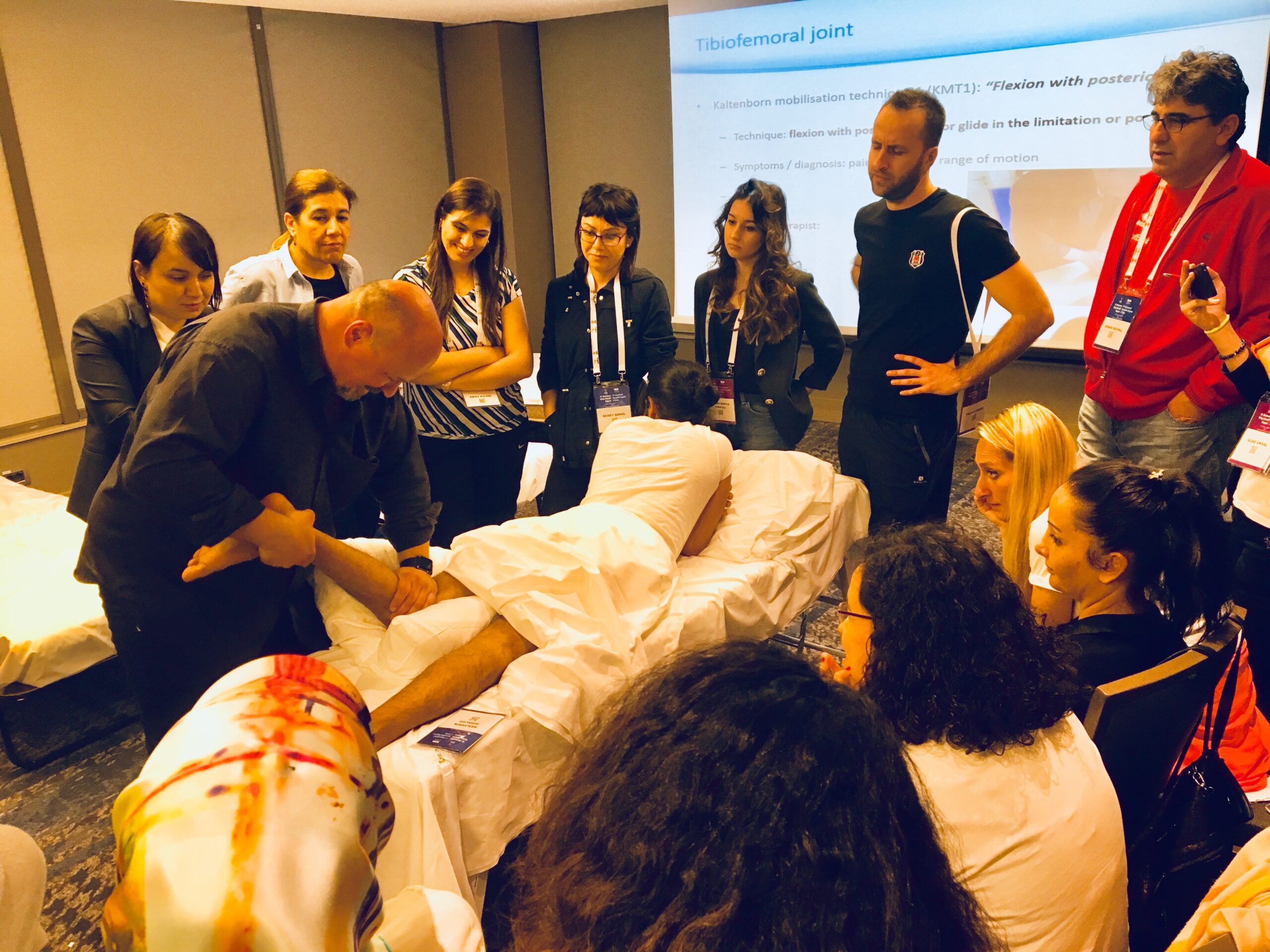Physiotherapy School for Hemophilia
Background information
Between 80–90% of bleeding episodes in haemophilia occur in the musculoskeletal system. Recurrent bleeding into a target joint can result in progressive damage and the development of haemophilic arthropathy. Once established, haemophilic arthropathy cannot be reversed and may continue to progress, despite the use of replacement factor concentrates.
Specific physiotherapy and rehabilitation techniques, such as exercise programmes to facilitate recovery from muscle or joint bleed therefore form a vital component of haemophilia management. Physiotherapy is specifically aimed at reducing pain and increasing function, while enhancing muscle strength and balance. Rehabilitation can be helpful for a variety of different patients, from young boys with limited joint damage to older sufferers with severe joint arthropathy who did not receive prophylaxis during childhood.
Orthopaedic manual therapy (OMT) is a specialised area of physiotherapy designed to treat neuromusculoskeletal conditions. It is based on a combination of clinical reasoning, scientific and clinical evidence, and also considers the biopsychosocial framework of each individual patient.
The Program
Partnering with Dr Sébastien Lobet (Specialist Haemophilia Physiotherapist) and Dr Benjamin Hidalgo (Specialist Haemophilia Physiotherapist and Osteopath) we are proud to introduce you the Physiotherapy School for Haemophilia Programme.
Physiotherapy School for Haemophilia aims to provide physiotherapists with hands-on OMT training and tools to support the care of people with haemophilia through physiotherapy, as well as opportunities to discuss and share best-practice approaches to care.
Course aims and objectives
Explore the key concepts underpinning the role of physiotherapy in optimising care for people with haemophilia
Introduce the risk factors for recurrent joint bleeds and the development of haemophilic arthropathy, and discuss the potential impact on patient quality of life
Discuss physiotherapy techniques in people with haemophilia, focusing on varying severities of haemophilic arthropathy and orthopaedic manual therapy concepts
Gain practical experience with orthopaedic manual therapy concepts in the elbow, knee and ankle
